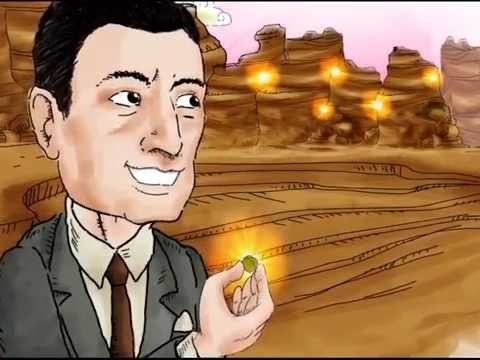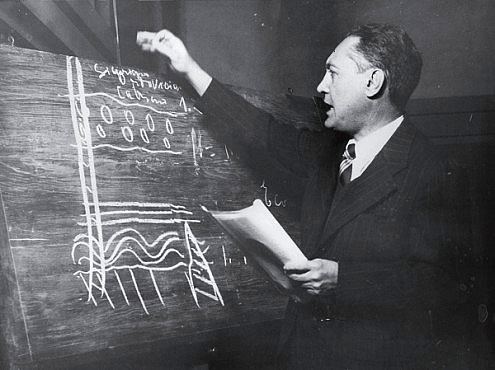Name Djalma Guimaraes | ||
 | ||
Institutions Universidade Federal de Minas Gerais | ||
Um cientista uma hist ria epis dio 6 djalma guimar es
Djalma Guimarães (November 5, 1894 – October 10, 1973), was a pioneer Brazilian geochemist. He was Professor Emeritus at the Ouro Preto Mining School (now part of the Federal University of Ouro Preto) and at the Federal University of Minas Gerais, in Belo Horizonte. At both institutions, he taught geological sciences for over 35 years.
Contents
- Um cientista uma hist ria epis dio 6 djalma guimar es
- Djalma guimar es quanto custa o brasil pe 11 05
- Career
- Selected works
- Honors
- References

He was a grandson of Councillor Joaquim Caetano da Silva Guimarães and of the Senator Manoel Teixeira da Costa. Guimarães was brought up in a family which had produced such Brazilian writers as Bernardo Guimarães and Alphonsus de Guimaraens. He was also a nephew of scientists Pandiá Calógeras and Paul Ferrand.
Djalma guimar es quanto custa o brasil pe 11 05
Career
Guimarães' interest in mineralogy, petrography and geology was inspired during his student years at the Ouro Preto Mining School by the lessons and assignments given by Professor Costa Sena. He graduated in 1919 from this school with the title of Civil, Mining and Metallurgical Engineer. His first prize was a study trip to Europe. His traveling companion was engineer Israel Pinheiro, who about 40 years later was a governor of the state of Minas Gerais, after doing managerial work for the construction of Brasília, Brazil's specially planned national capital city, from 1956 to 1960.
Guimarães' first professional assignment was not in the branch of geology, but rather in the construction of what is now Rui Barbosa Avenue through the old Viúva hill in Rio de Janeiro, then the capital of Brazil. Guimarães published over 200 papers, books and memoirs, and gave numerous conferences. Three books have been published as tributes to him by his former students and collaborators. One of these is Contributions to Geology and Petrology (1985). This book probably lists all works produced by Guimarães, either as the sole author or in collaboration with other scholars, from 1924 to 1978. The book was financed by CBMM (Companhia Brasileira de Metalurgia e Mineração), which owns the world's largest niobium ore (pyrochlore) mine, in the Barreiro area of Araxá, Minas Gerais. This ore reserve was discovered by Guimarães and his team when he was the Head of Geology of the former Geological Survey of Minas Gerais (1931–1932). CBMM created the Djalma Guimarães Medal to be granted to the best geologist graduated at either the Ouro Preto Mining School or the UFMG Institute of Geosciences in Belo Horizonte.
Guimarães described four new minerals: eschwegite; arrojadite; pennaite and giannettite.
Selected works
Honors
Guimarães was a member of the Brazilian National Research Council and of the country's Nuclear Energy Commission. In his honor, a radioactive mineral composed of a tantalate of uranium and calcium was given the name djalmaite (uranmicrolite, discredited 2010) by the geologist Octavio Barbosa. Also in his honor, at Praça da Liberdade (Liberty Square) in Belo Horizonte there is a Professor Djalma Guimarães Museum of Mineralogy (now part of a larger Museum of Mining and Metals).
